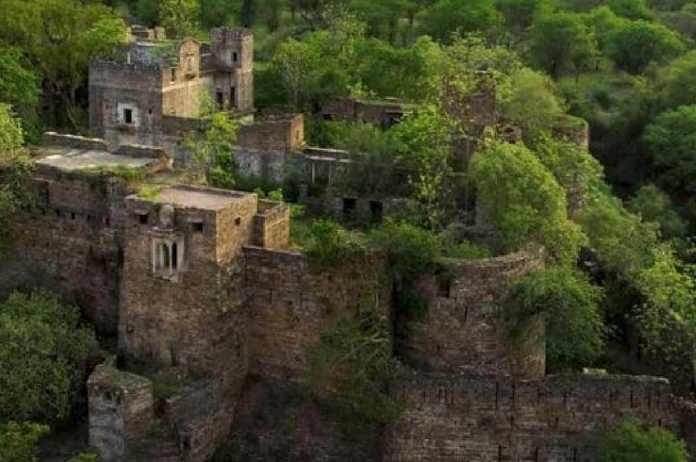New Delhi: The Kuno-Palpur National Park in Madhya Pradesh is the first stop on the cheetah’s comeback trail in India. On a unique tiger-faced jet, they will arrive in Gwalior on Saturday from Namibia in Africa. Then, Air Force helicopters will transport the huge cats to Kuno, where they will live permanently.
On his birthday, Prime Minister Narendra Modi will release the eight cheetahs (five females and three males) into massive cages at Kuno. The little-known sanctuary has now become well-known thanks to the upcoming big cats’ presence.
Located on the slopes of Satpura mountain
We examine its past and the factors that led to its selection for the vital reintroduction project.
The most well-known tiger reserves in the nation are found in Madhya Pradesh: Bandhavgarh, Pench, Satpura, and Kanha. This modest national park was mostly neglected until it was chosen as the new home for the African cheetahs in a state that boasts extensive dry grasslands and lush forests on the slopes of the Satpura mountain.
The national park, which is situated in the northern district of Sheopur at the centre of the Vindhya range, is characterized by grasslands that resemble the savannas of Africa and scarce woods. Compared to those at Kanha and Bandhavgarh, Kuno’s grasslands are often larger. The Kuno River, the lifeblood of the forest, flows through the sanctuary from south to north, giving it its name.
History of Kuno National Park
The old forts that dot the terrain are evidence of the park’s long past. Overlooking the Kuno river are the Palpur fort’s 500-year-old ruins. This throne was won by Chandravanshi Raja Bal Bahadur Singh in 1666.

Kuno National Park fort
The Amet Fort and the Maitoni Fort, two more forts located inside the park, are now entirely engulfed in bushes and unruly trees.
In the past, the maharajas of Gwalior hunted in Kuno.



